USA TODAY’s “Seven Days of 1961” explores how sustained acts of resistance can bring about sweeping change. Throughout 1961, activists risked their lives to fight for voting rights and the integration of schools, businesses, public transit and libraries. Decades later, their work continues to shape debates over voting access, police brutality and equal rights for all.
Civil rights activists banded together like never before in 1961 to organize against white supremacy and forever change the United States.
They were imprisoned, beaten, forced to work in chain gangs, attacked with dogs. Despite those challenges, these Black Americans and their allies made significant strides in knocking down the walls of segregation, some of which had already been banned by the federal government years earlier.
Here are some of their experiences in their own words:

Joseph Jackson, 84
The Rev. Joseph Jackson Jr. was one of nine students at Tougaloo College to stage a sit-in at a whites-only public library in Jackson, Mississippi, in March of 1961. Jackson said he jumped at the invitation to work with Medgar Evers, the state field secretary for the NAACP. His activism stirred up a painful childhood memory.

“It was 1947 or 1948. We would always during the summer catch the Greyhound bus and visit my grandmother and my great-grandmother, who formerly was a slave... We stop off there at Clarksdale, Mississippi, which was midway between Mississippi and Tennessee. We got off the Greyhound bus and we went into the colored side, of course, and on our way back to boarding the Greyhound bus, I don't know what was said between my mother and the Greyhound bus driver – a fat, burly redneck white driver – he turns around and hits my mother in the face...and he knocks her down on the gravel. I bent over, and I turned my mother over, and I looked into her face, and it was bloody.
"As a 10 or 11 year old, knowing I had no recourse to do anything, then also what was really embarrassing was to pick my mother up and get on the bus knowing you got to follow the (rules) and walk back to the back of the bus... That anger just fueled me."

Mack Jones, 84
Mack Jones was one of 16 students expelled from Southern University, a historically Black college in Baton Rouge, Louisiana, for participating in sit-ins around Baton Rouge in 1960. Jones and others said university president Felton G. Clark was forced to take action against the students under pressure from a white-led state board.
“When we returned to campus, the powers that be leaned on the president and he chose to expel all of us. The ironic thing was that when he called us in to let us know that we were being expelled, he was pretty much crying himself. The whole idea that, I mean, this is something that was really supported by Black people but that folks in his position had to defer to the authority.
“I remember when I was back in my little town after I was expelled, people would come in their front yards, they knew I was in town, they would greet me and give me commendations and stuff, and I’m sure that’s true for other kids in other towns. It wasn’t like we were isolated. It was simply part of Black people taking a stand in whatever way they could.”

Sylvia Copper, 80
Sylvia Copper joined the Congress of Racial Equality, a main organizer of the civil rights era, while attending Southern University in Baton Rouge, Louisiana. On Dec. 15, 1961, she took part in a demonstration outside the Baton Rouge courthouse, where police threw dozens of tear gas canisters at a crowd of more than 1,500 students.
“We would go through all of the training, and they would tell us about different things that were happening across the country, how we should govern ourselves and protect ourselves during the process.
“They would let you know that you would have opposition and you may be getting injured... And they would go through show-and-tells with us, hitting at us and shouting at us and spitting in our face. They also would tell us to, say, if somebody is really trying to hurt you, or kick you, or beat you down or something, just roll yourself up in a knot so you can kind of protect yourself, your face, your head."

Hezekiah Watkins, 74
Hezekiah Watkins was 13 when he was arrested in a bus station in Jackson, Mississippi, in 1961 and sent to Parchman prison, a plantation-style prison considered one of the worst in the country. He spent a week in a cell on death row.
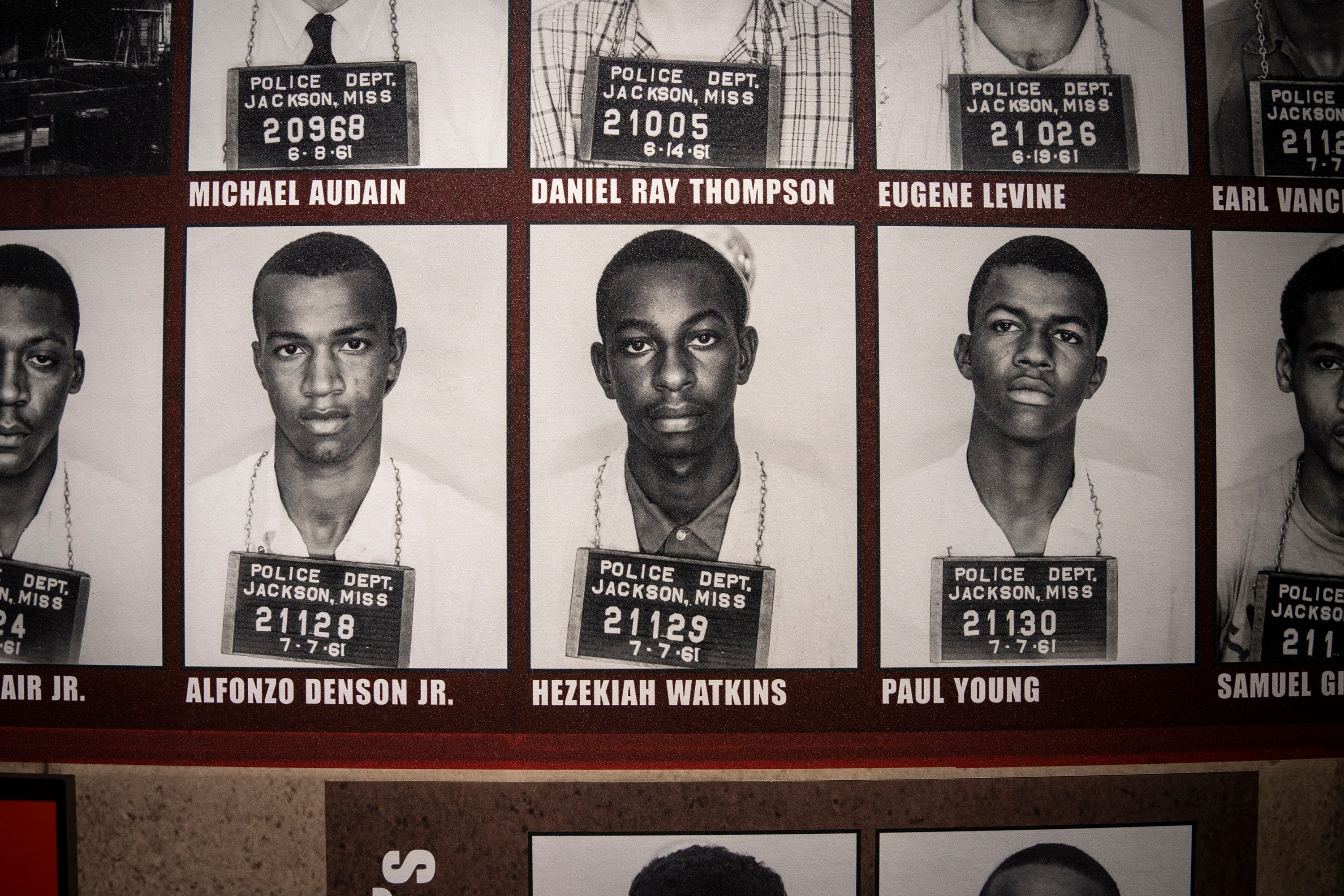
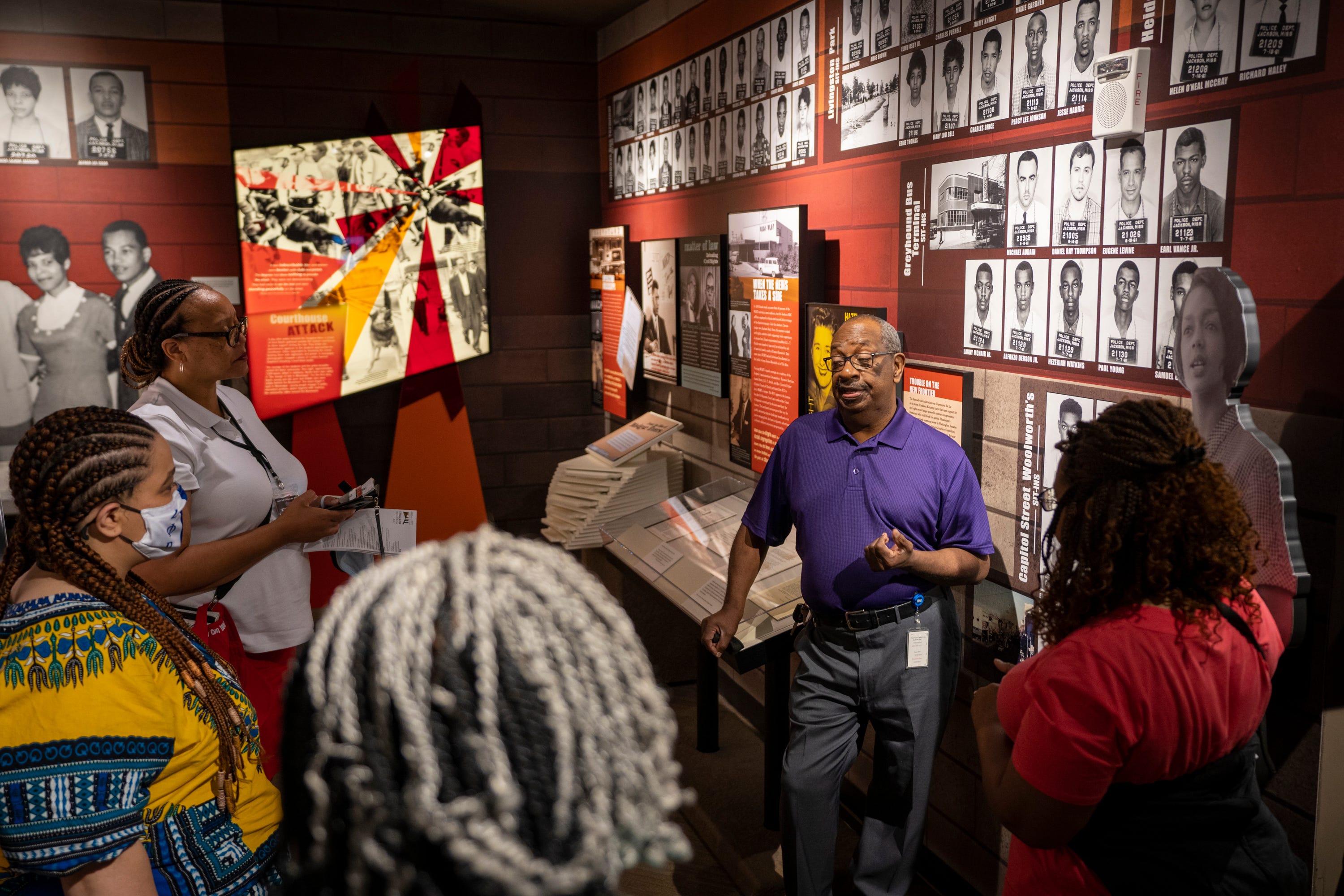
“I did not have the opportunity to think about the reason I was there. Because the only thing I can think of was those guys beating on me, feeling on my body parts. Whereas I did not understand why they was doing that, to be honest with you. I'm 13, never been exposed to nothing. And here's someone touching me. So that's what I was afraid of. And that's what I was dealing with...
“Here I am taken from the bus station directly to Parchman prison. No due process. No trial. No nothing. Here I am in the worst prison in these United States.
“Death is what I was concerned about. I didn't know it was the worst prison. I knew I was in prison. But I'm trying to deal with what's before me.”

Ethel Sawyer Adolphe, 81
Ethel Sawyer Adolphe was one of nine Tougaloo students to walk into a whites-only public library in Jackson, Mississippi, in 1961. Sixty years later, she’s disappointed with the state of race relations in the country.
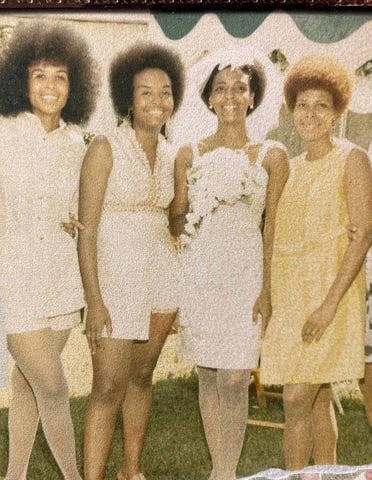
“We have a long way to go and I am not surprised about the state of things now. It's too bad. I'm sorry about it. But I’m not surprised. I'm going to tell you as I watched the news and the coverage of the previous president over these past years, in my own mind, I just thought, ‘Why don't they just cut the bullshit and deal with the idea that there's great resentment and there's great fear on the part of some white Americans about the extent to which people of color have been gaining ground in this society?’ ”
"And I just remember thinking as I watched the people who are examining this and that and the other on TV all these years, my feeling always was just cut through the bullshit and deal with the fear, the anger that some people are feeling these days. Not these days, I've been feeling that for a long time, you know, forever."

Phillip Colbert, 83
Phillip Colbert was 21 when he became warden of Maryland’s Anne Arundel County Jail. He was one of only two Black wardens in the country and a strong proponent of humane treatment of inmates.
“There was a demonstration at the Statehouse, and I decided to go see what was going on. I joined the group demonstrating there – they had wanted to see the governor, who had initially refused, and I remember them telling us that anybody who didn’t leave would be arrested...
"(As warden) I knew it was a risk – but look at the risks that the other young people were taking. They were being beaten; they were being killed. Look at John Lewis. There was so much stuff going on. I couldn’t give it my full participation, but that day I made a decision. I could have walked out. I could have stood on the fringes and walked away. But I couldn’t do that.”

Courtland Cox, 80
In 1961, Courtland Cox was a 20-year-old student at Howard University, where he was part of the Nonviolent Action Group, the Washington, D.C., branch of the Student Non-Violent Coordinating Committee. He became involved in multiple sit-in efforts targeting segregated restaurants, including those along Maryland’s Route 40.

"The government decided the restaurants should end segregation. The same week of the passage of the law, Stokely Carmichael (a former leader of the Student Nonviolent Coordinating Committee) and I were traveling to New York and decided to go into one of the restaurants and eat.
"The food was horrible. We said to each other, ‘I hope this is not what we were fighting for.’ "

Dave Dennis, 80
Dave Dennis started a chapter of the Congress of Racial Equality in his hometown of Shreveport, Louisiana, was a Freedom Rider and co-director of the Council of Federated Organizations, a coalition of civil rights groups in Mississippi. Dennis was arrested 30 times for his work in the movement in Louisiana and Mississippi.

"Black people have been willing to sacrifice from the beginning. They would die trying to learn how to read and write and to teach their kids how to read and write. And they died trying to get people to register to vote and exercise first-class citizenship.
"They didn’t give a damn about sitting down at anybody's lunch counter. I don't need to sit with you at no lunch counter. They eat with white folks every day because the fact is, it's Black people who cook their food, wash their clothes and take care of their babies.
"They always had access, so it wasn't about wanting to be around them. Integration was not what most Black people wanted. They wanted equal rights. They wanted to have the right to do certain things. They wanted to get good jobs, good housing and to be treated fair in education."

Evan Fales, 77
Evan Fales was a sophomore at Pennsylvania’s Haverford College when he and classmates drove to Maryland to participate in a November 1961 sit-in in Annapolis, part of a campaign to desegregate restaurants along State Route 40.
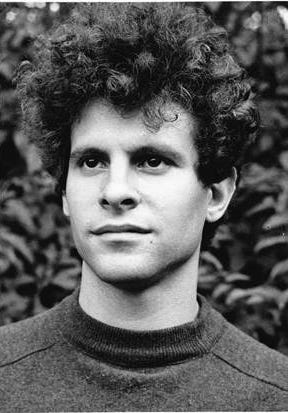
"After the action in Annapolis, me and two other Haverford students were headed back in a VW bus. It had gotten fairly late, and as we passed through the Baltimore Harbor Tunnel, still below street level, we ran out of gas. We pulled over on a traffic island and we were there under the klieg lights, so it didn’t take long before some patrol cars spotted us. They arranged for somebody to get us gas and were being very cordial until they did some kind of license-plate check and realized we were among the sit-in people. The atmosphere changed. They didn’t threaten us or anything, but they let us know we were not welcome and were to get out of there as quickly as possible."

Thomas Gaither, 83
Thomas Gaither is a former president of the NAACP Youth Council at Claflin College in South Carolina and a field secretary for the Congress of Racial Equality, which helped organize training and protests. He was one of the nine men who chose jail instead of paying $100 for staging a sit-in at McCrory’s Five & Dime in 1961, in Rock Hill, South Carolina.
“We staged the protest at McCrory’s because it was a place where people got arrested for picketing or sitting at the lunch counter. It made no sense that we could purchase items at the Five & Dime store, but the moment we sat at the lunch counter, we were breaching the peace. So, we decided to protest it, and as soon as we sat down, the police officers grabbed us off the stools and took us across the back lot and to the city jail.
“We served jail time with hard criminals, prisoners who have committed murder and have done all kinds of things. So, of course, we were afraid. However, we were segregated, so the primary prisoners we got to interact with were Black. Those prisoners were very supportive of what we were doing. They actually wanted to be our protectors because the wardens that watched over us were white and sometimes mean."

Larry Gibson, 79
Larry Gibson was a Howard University sophomore when he and his classmates participated in the November 1961 sit-ins being conducted throughout Anne Arundel County as part of the Route 40 desegregation campaign in Maryland.
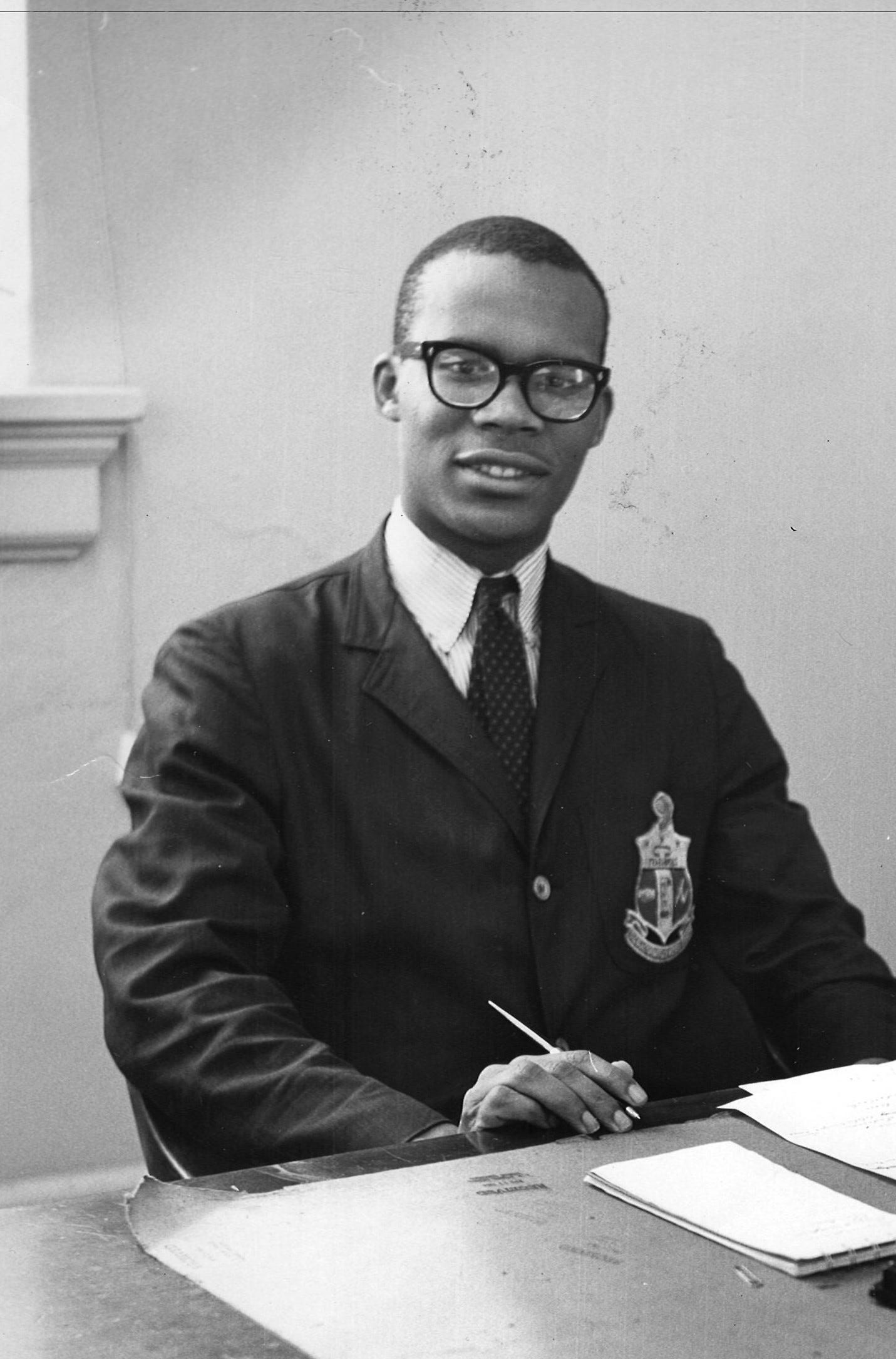
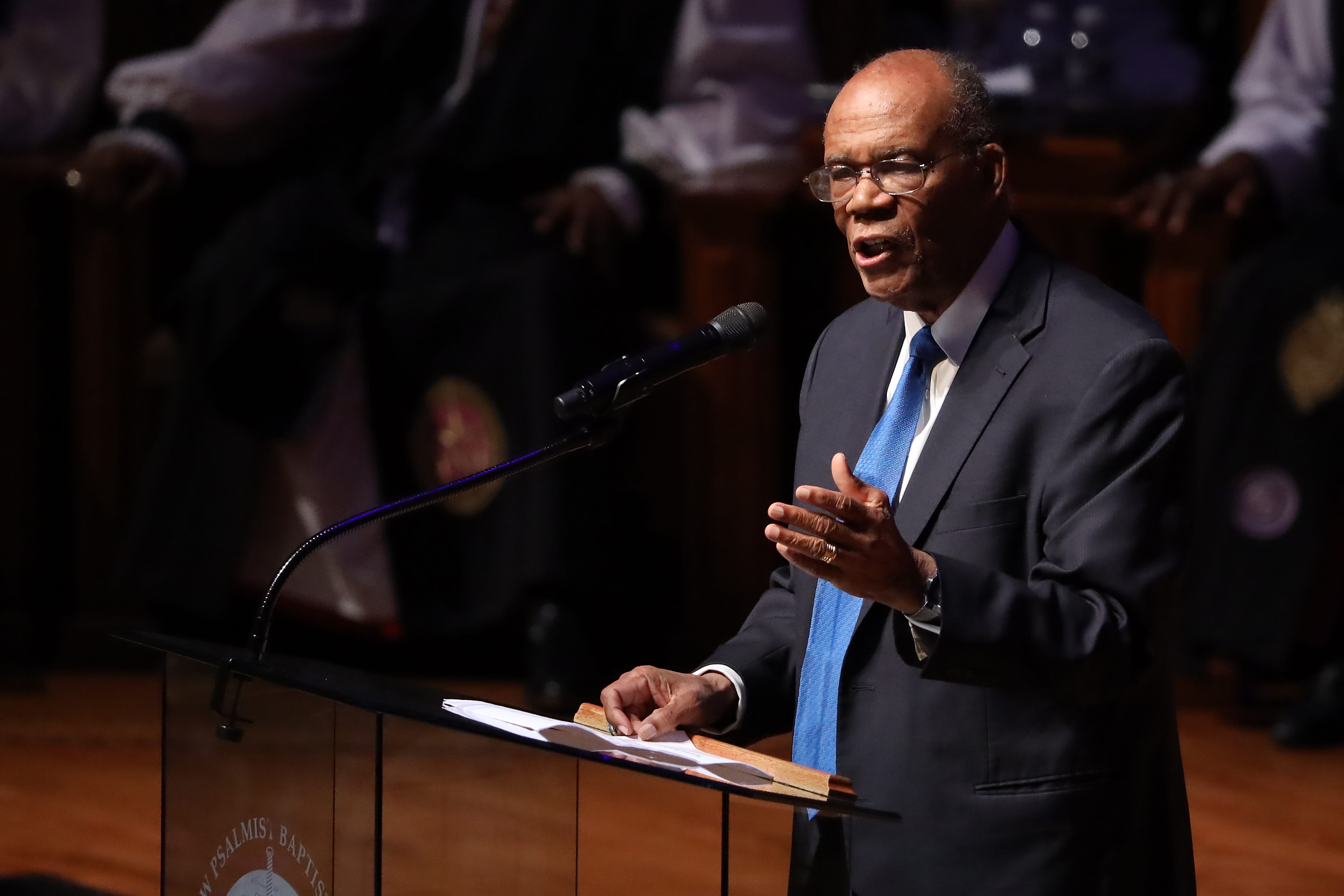
"We got to a cafeteria in Baltimore, and unlike other sit-down restaurants, along the right-side wall, the food was there on ice in little trays. You could grab it yourself, then turn the corner and there’s the person with the cash register.
"We were expecting to get thrown out, but then they started ringing us up. I had to borrow money. We took a table not far from the cashier, still expecting that at any time security would escort us out. But it didn’t happen. I had a meal I had no anticipation of eating. Baked fish, which I had never had in my life, and some kind of salad with carrots, raisins and mayonnaise.
"There were a lot of sit-ins that day, so I guess they decided that for one day they would just serve us so they would have no problems, like, ‘Let’s save our discriminatory policies for the next day.’"

Geraldine Edwards Hollis, 80
Geraldine Edwards Hollis was one of nine students from Tougaloo College who walked into a whites-only library in Jackson, Mississippi, in March 1961. Days before, Hollis, then 19, and the other students were urged to call their parents and tell them they would participate in a sit-in. The students were told they couldn’t share any other information.
“I called home and I just talked with my mom and told her that I would be doing something and not to worry. It will be OK. My mom always knew that I was always into something, you know, because that's the kind of person that I was. No, I am.
"You see being the oldest child and a girl, my mom and my dad, they just knew that I was that spirited type of a person. And I think most of the Tougaloo Nine participants probably had this kind of ego of wanting to do something different because we knew that you had to want to do this. Nobody was forcing you to do it."

John Harper, 78
John Harper was an 18-year-old white man from Ohio who wanted to make a difference amid the tumult of the 1960s. He transferred to Howard University in Washington, D.C., where he met Stokely Carmichael and others who would become leaders in the civil rights movement. Harper spent the year involved in desegregation efforts along Maryland’s Route 40 and Eastern Shore.
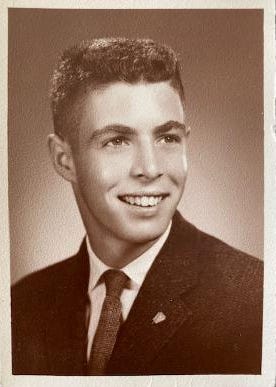
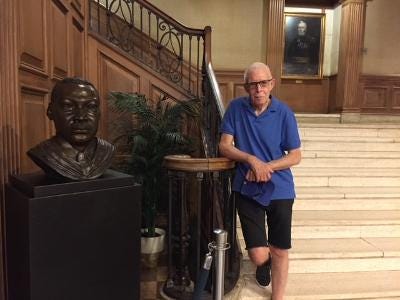
"The movement was a thing – you joined, you got involved, it was full of energy and comradeship and high intellectual quality. And after demonstrations were over, we would have talks with professors at the university." It was joyful and positive and we were trying to change the world, one song at a time, singing adaptations of spiritual songs or union songs.
"We weren’t doing anything special. It only became special in retrospect. It was what anybody else would do. Like, why wouldn’t you go to Baltimore on the weekend? And while you were there, if you could swing it, why wouldn’t you get arrested?.”

Charlayne Hunter-Gault, 79
Charlayne Hunter-Gault, at the time Charlayne Hunter, was one of the two first Black students to attend the University of Georgia, paving the way for integration in higher education, especially in the South. On her first day of classes at UGA, a crowd of approximately 2,000 descended on her dorm in a riot, throwing rocks and chanting, demanding that she be removed from the school.
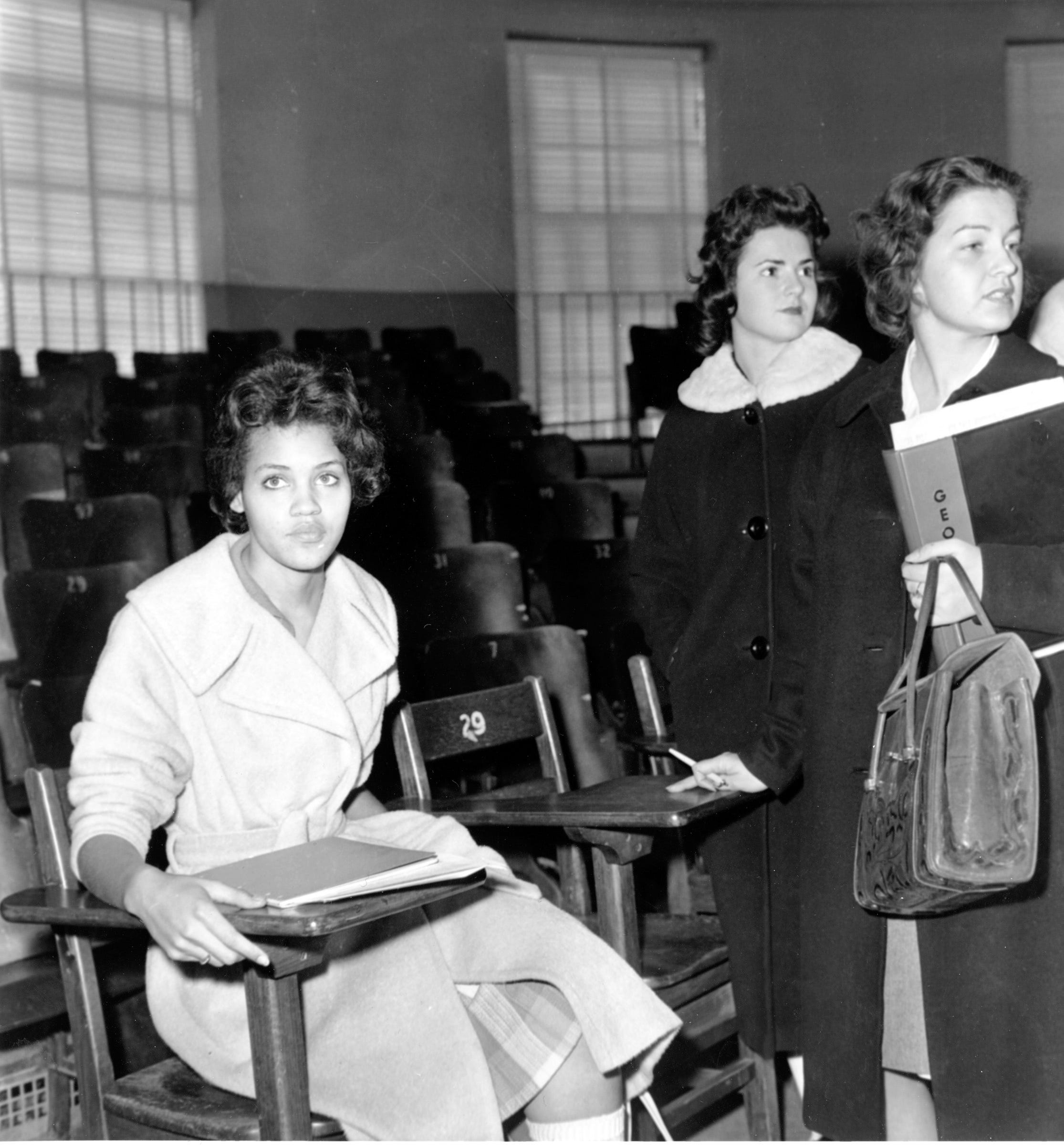
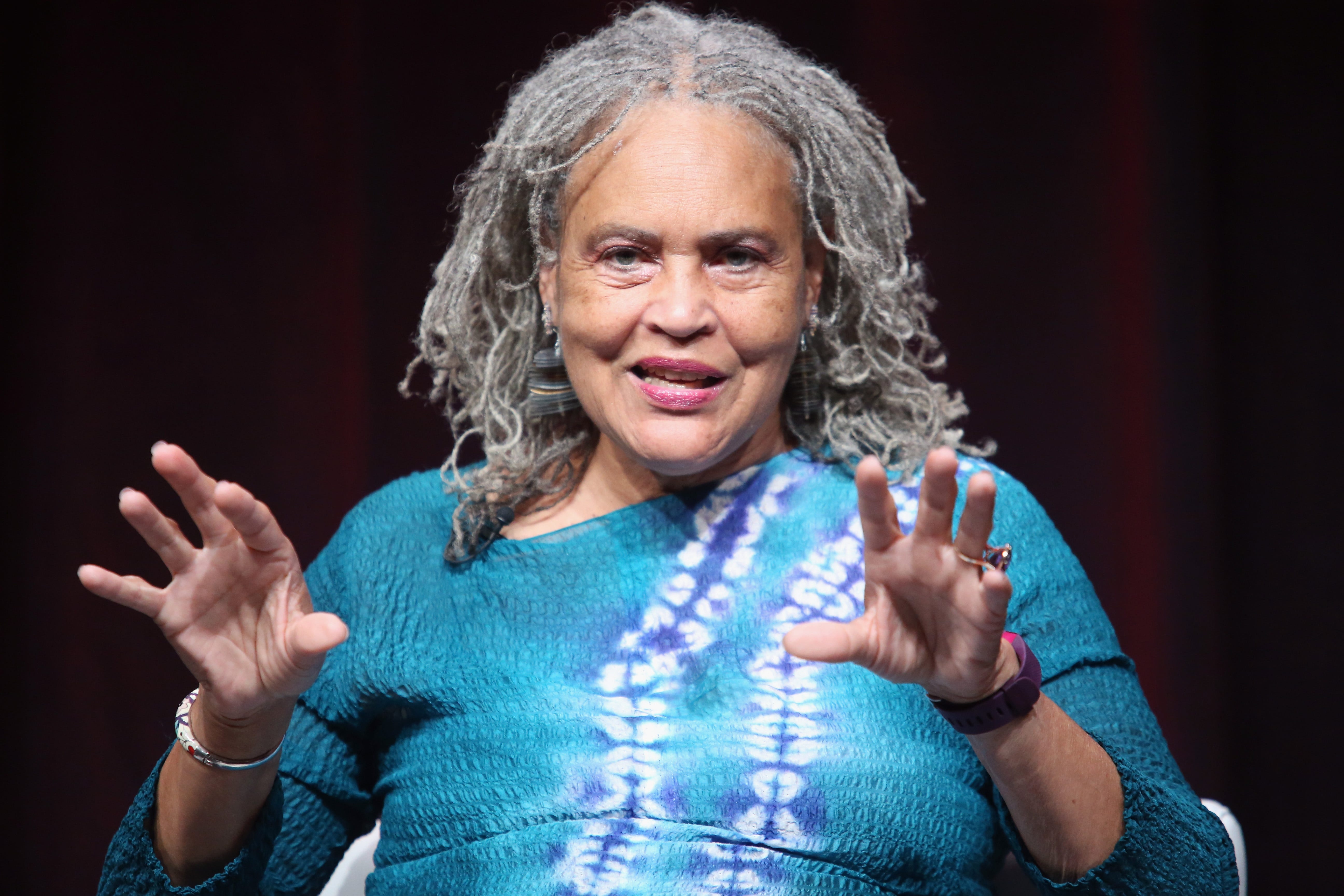
“The dean came to say that we were being suspended for our own ‘safety,’ and I think that through all of that I remained calm. In fact, I thought it was very important for me to let my mother know that I was OK because I was afraid she may have seen in some news reports about the riot outside my dorm.
“And so I went – the phones were out in the hallway – and I went to the phone. This was before cellphones, and I went outside and called her to let her know that I was all right, no matter what she might have seen on television. In fact, I think I told her not to turn on the television, which was probably an invitation to turn on their television. But I wanted her to know that I was OK."

Kenneth Dious, 75
Kenneth Dious was a high school student at the time Charlayne Hunter-Gault and Hamilton Holmes became the first Black students at the University of Georgia in 1961. Dious, an Athens native, spent his teenage years marching against the Klan and fighting for the integration of Athens’ lunch counters. When news spread in the small town that a mob had formed outside of Hunter-Gault’s dormitory, Dious and four other young Black men rushed to the crowd, ready to fight if needed.
“You have to remember, this is not a big town, it doesn't take long for someone to kind of find out what is going on. So some of the other guys who were with me in the civil rights movement, activists, we decided to go over to see what was going on... And we see this huge crowd standing outside of Myers Hall jeering, and throwing things and so forth, and demanding that Charlayne Hunter comes out of the dormitory and leave. And we felt… it was four of us young Black guys, ‘wow, this is really something that is about to occur.’
“So we decide we’re gonna hang around, we don't know if this crowd is going to try to charge into that dormitory or not. Was she going to need some assistance? Are we going to be brave enough to go in with that huge crowd to try to help her out if something occurred? There was no police at the time. And they just stood out there and they jeered and they cheered.”

Jerry W. Keahey Sr., 85
Jerry W. Keahey Sr., drove some of his schoolmates from Tougaloo College in March 1961 to the whites-only public library in Jackson, Mississippi, to stage a sit-in. Keahey, then a senior, said in the months leading up to the demonstration that he and other students met with Medgar Evers, the state NAACP field secretary, to discuss how they could challenge segregation in Mississippi.
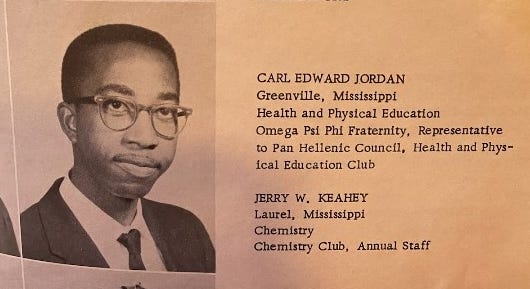
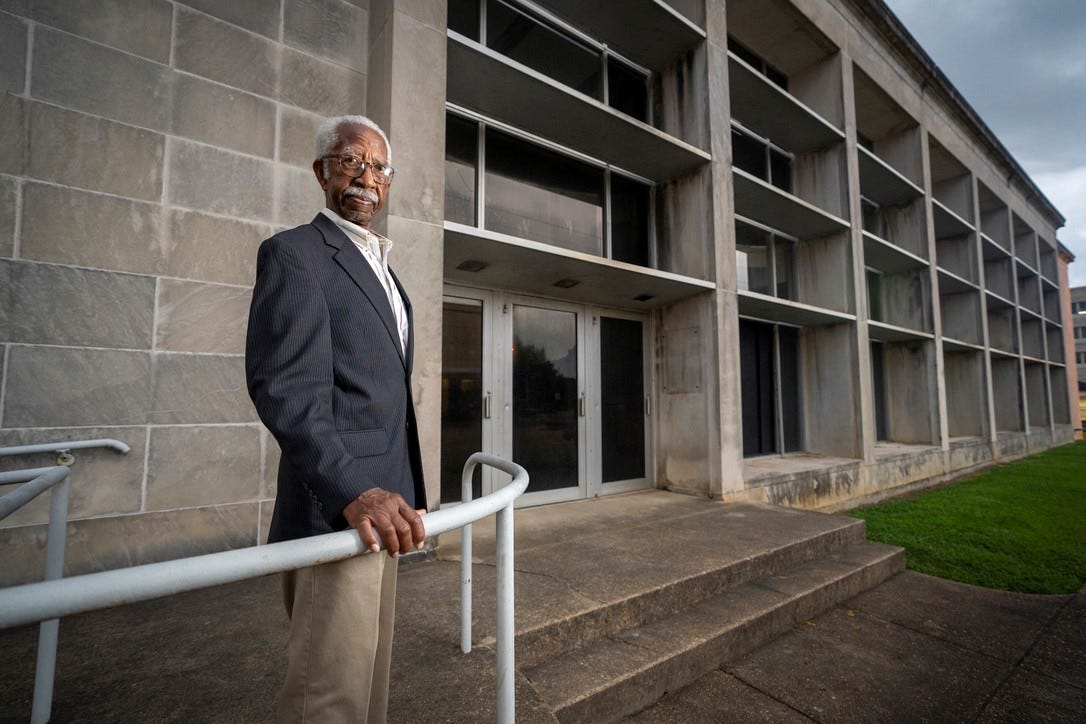
"Most of the time on campus we met Sunday afternoon in the chapel, Woodworth Chapel. In several of our meetings, we discussed what was going on in Alabama, Georgia, South Carolina. We discussed how everything is segregated here in Jackson.
"Mr. Evers was at one of our meetings. We asked him, 'What can we do?' He said he needed some help.
"Everything in Jackson, Mississippi, was segregated – the bus station, train station, that library over there – segregated. You're paying taxes, but you can't use that library.
"He said he doesn’t have any help. We said, we’re here. He said, ‘good.’ We said, we'll go down to that library tomorrow. He said, ‘No, no. Not tomorrow.’
"He said, ‘I need to work with you. I need to prepare you. I need to train you on what to do, what to say. I need to teach you.’ "

Joyce Ladner, 77
Joyce Ladner was a student at Jackson State University and later Tougaloo College, both historically Black schools in Mississippi, when she joined protests to battle segregation in her state and other places. Ladner, a retired sociologist who served as interim president of Howard University from 1994 to 1995, was expelled from JSU for participating in the movement.
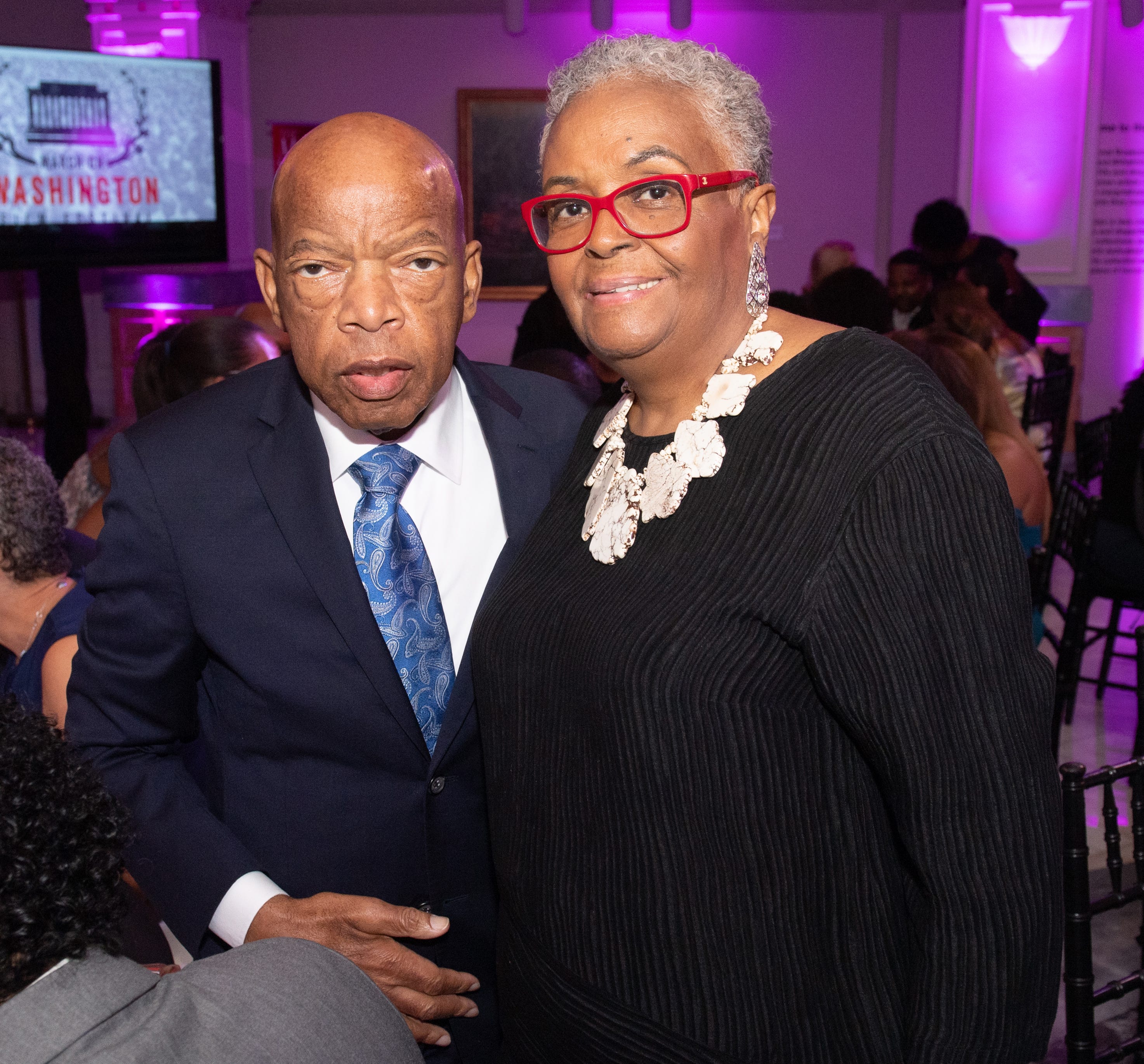
“The stakes were so high that you would be expelled, that your parent's home could be burned down to the ground.
"And there was the Ku Klux Klan. Your father could be fired from his job. I remember my mother telling us that the FBI had gone to my father's job and told him to get his girls out of the civil rights movement. And he told them that, ‘I don't receive messages about my daughters and I don't take messages to them. If you have anything to say to them, you got to tell them.’
"It was very dangerous to have anyone's name associated with the movement.’’

Dorie Ladner, 79
Dorie Ladner was a member of the Student Nonviolent Coordinating Committee. She worked to register Black residents to vote in Mississippi. As a freshman at Jackson State in 1961, she joined a march to support Tougaloo College students who had been arrested for going to a whites-only library.
“We ran in people's houses. White and Black people let us in their houses near Jackson State's campus. This Black woman let me in her house. She told me, ‘Baby, baby come and sit on the front porch.’ And I went and sat on the porch and here the police were walking with the dogs all around and just up and down the streets. She said, ‘Sit here like you live here. Don't you move.’ That's where I sat.
“I got tear gas all in my back. I still have a scar on my back. One guy from Clarksdale, I think, got it all in his eyes. Somebody ran and grabbed him and pulled him back to safety.
“It was terrible.”

Bernard Lafayette, 81
An early member of the Nashville Student Member and student of nonviolence, Bernard Lafayette tried to apply to be an original Freedom Rider with John Lewis in early 1961. But Lafayette, 20 at the time, was too young to go without parental permission. After the first contingent met violence in Anniston and Birmingham in Alabama, Lafayette helped lead the second wave of Freedom Riders through the South.
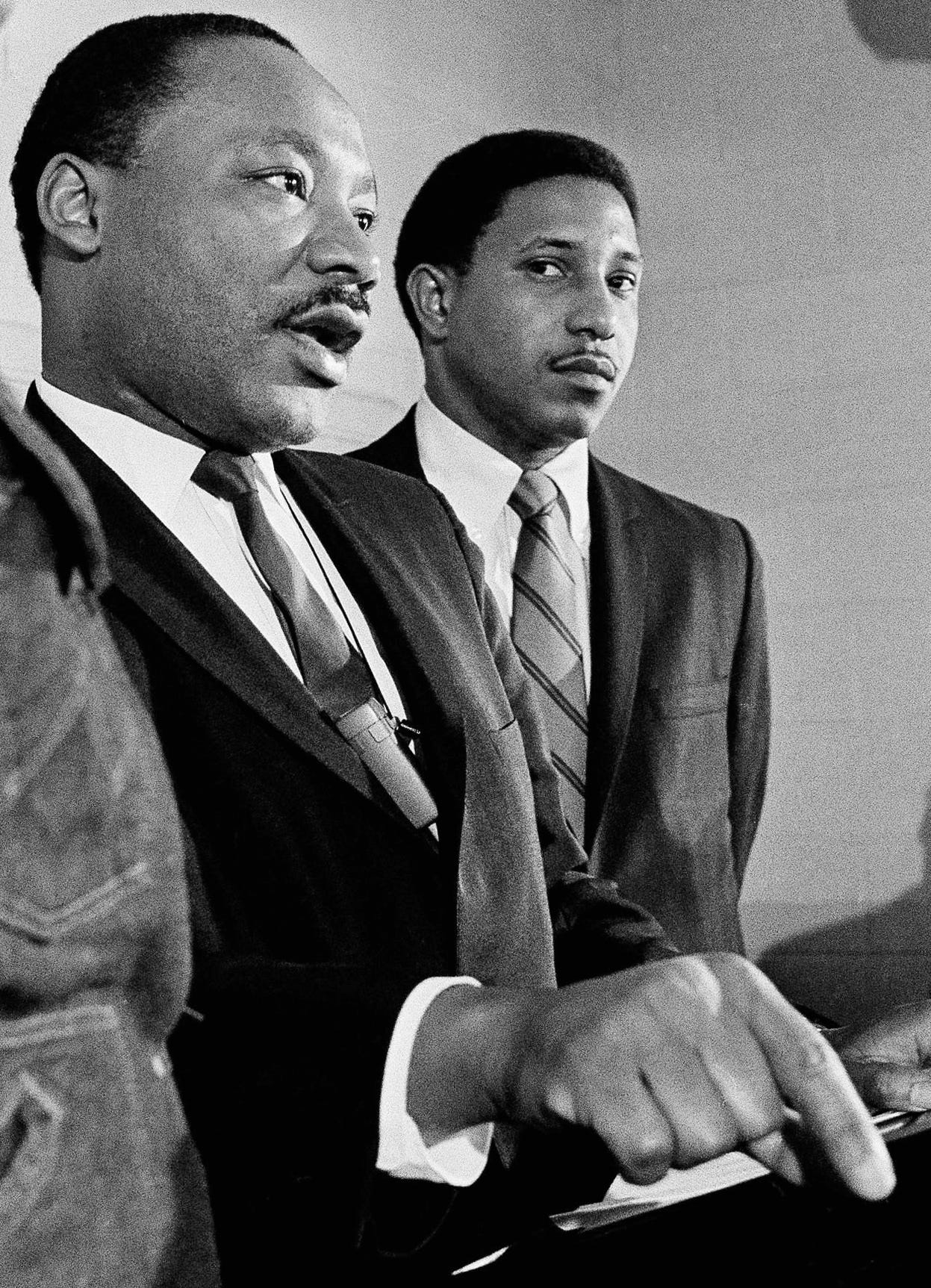
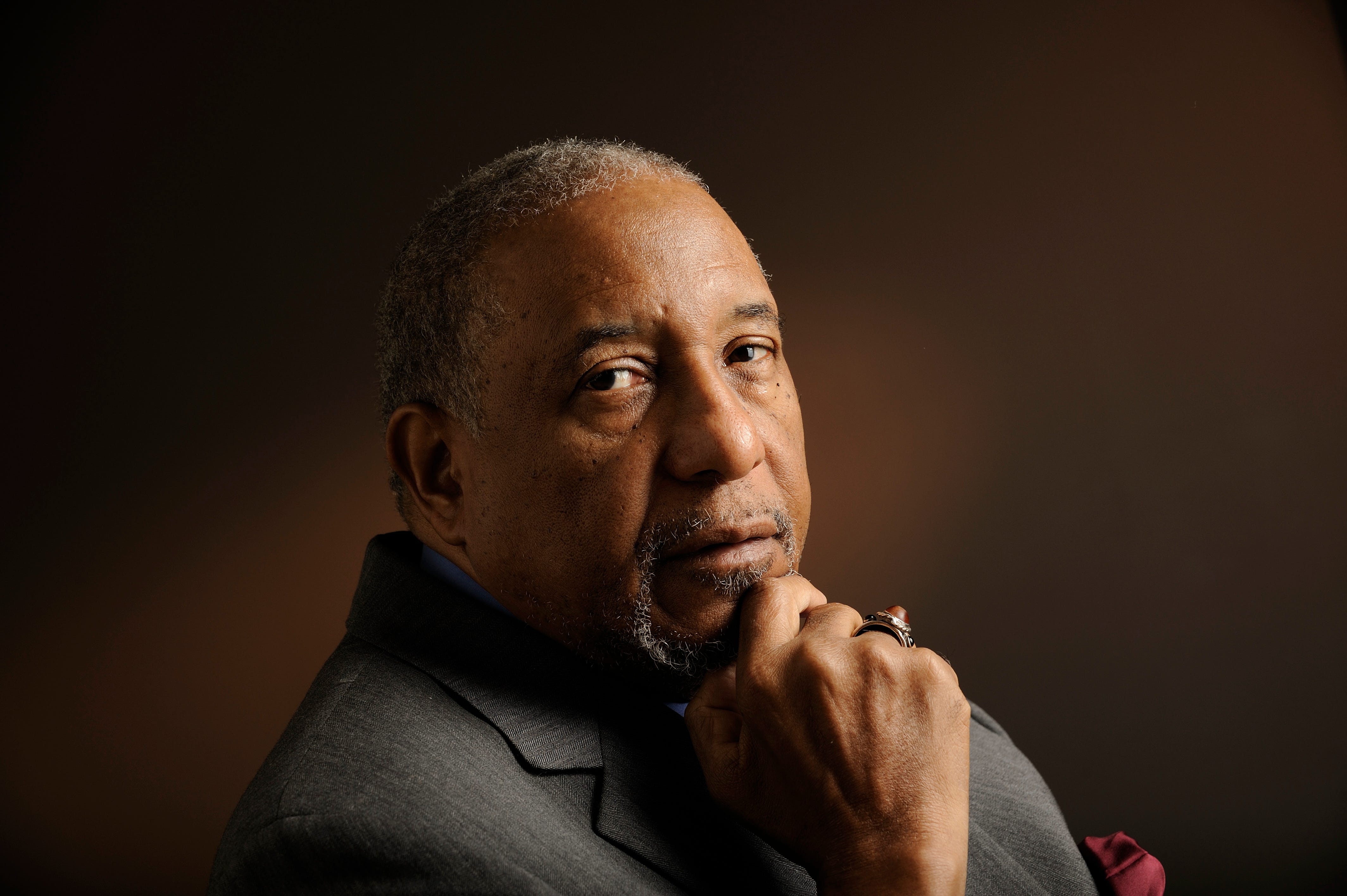
"At age 7, I would travel with my grandmother. We used to catch the streetcar where you had to put your money in the receptacle at the front next to the driver. You had to get off the streetcar and walk along the tracks to the back door, that’s how you entered. Sometimes, they’d take your money and, while you were walking to the back along the street, they’d fold up the steps and drive away.
"I used to run ahead and jump on the steps to keep the door open. On one occasion, we were walking along the tracks going to the back, I ran ahead and jumped on the steps. My grandmother was running, too, and she had on high-heeled shoes. Her heel got caught in a crack and she fell. The streetcar took off.
"I jumped off and tried to pick her up, but I couldn’t, I was just 7 years old. I felt like a sword had cut me in half. I felt helpless. But I said to myself, ‘When I get grown I’m going to do something about this problem.’"

Charles Mason, 82
In his early 20s, Charles Mason had joined the Baltimore office of the Congress of Racial Equality, known as CORE, which had helped organize many of the city’s sit-ins and in 1961 contributed logistical leadership to the campaign to desegregate restaurants along Maryland’s Route 40.
"The first restaurant I went to sit-in at was at a shopping center in northeast Baltimore. There was a Chinese man who told us he didn’t mind serving us but that the crowd outside was going to make his restaurant real bloody when they finished beating on us. That struck me as funny even amid all the danger because he had worked himself into a frenzy about all the blood he was going to have in his restaurant, and it was going to be my blood.”

Olivette McClurkin, 79
Olivette McClurkin was a member of the City Girls, an African American women group who worked with other organizations in Rock Hill, South Carolina, to help desegregate the city, including a sit-in at McCrory’s Five & Dime in 1961.

"I remember just praying to myself because I didn’t want anyone to be arrested. But, when we got there, we were met by the police. We were so scared it was almost to the point of being numb. After the boys went inside the restaurant, all of the ladies just hugged each other and cried. We knew what was going to happen, so we tried talking to each other, but after some time, there was nothing left to do but go into prayer mode and hope the police would not harm any of our friends."

Ronnie Moore, 80
Ronnie Moore served as chair for the Congress of Racial Equality chapter in Baton Rouge during his sophomore year at Southern University in Louisiana. In December 1961, he was arrested for illegal use of a speaker while leading a march to the Baton Rouge jail, where 23 students and CORE members were being held on picketing charges. He was later charged with conspiracy to commit criminal anarchy and spent 57 days in a 6-by-9-foot cell with CORE Vice Chair Weldon Rougeau.
“They were just going to keep us in jail as long as they could.
“For that particular case, it was a felony. They put it in the category of a capital offense, like murder. Therefore we were not entitled to bond...
"The white prisoners would talk to us. The prisoners identified more with us than the power structure. The same judges that were treating us that way were treating them the same way.”

Charles Neblett, 80
Charles Neblett, then a student at Southern Illinois University, headed South in 1961 to work for the civil rights movement in Louisiana and Mississippi. Nesbitt was working in Mississippi when the late civil rights icon Bob Moses, then an SNCC field secretary based in the state, recruited him to join a new group: the Freedom Singers.

“I was singing all over the South. I was singing, singing in jail, singing in the mass meetings and singing on the street, just singing. When you get in trouble, we'd just sing. So singing was a very important part of the movement...I tell you what, it displaced fear.
"When you see the Ku Klux Klan coming, they start singing. And the people regroup and settle down and sing. Cast out fear.”

Charles Person, 78
Charles Person was one of the youngest Freedom Riders at 18 years old. Person was badly beaten in Anniston and Birmingham, Alabama, during the protest.
“When you think of the civil rights movement, I want people to know there were a lot of everyday people who you need to know. There were remarkable people. We couldn’t survive without the support we had in various communities. There weren’t hotels where Black people could stay, so we relied on staying in their homes. They supported us. They fed us.
"Not everybody could march. But you can always do something. We found something for everyone.
"We didn’t know what was going to happen. We just knew we had to do something. We didn’t realize yet how impactful it was.
"The freedoms we enjoyed did not happen overnight. A lot of people suffered. A lot of people sacrificed."

Reggie Robinson, 81
Reggie Robinson was an advance man for the Student Nonviolent Coordinating Committee, going into dangerous cities such as McComb, Mississippi, to set up an office and find housing for other civil rights activists to follow. Robinson also helped plan logistics for a campaign to desegregate restaurants along Route 40 on the East Coast. He was most afraid in Mississippi.

“This cop, I can't remember the name, this deputy drives up and he jumps out of the car and he says, ‘Who are you?’
And again, I look him straight in the eyes and I say, ‘I am Reginald Robinson.’ And he says, ‘N-----, what you doing down here?’ I said, ‘I'm with the Student Nonviolent Coordinating Committee. We're running a voter registration project.’
"‘Well, n-----, we're gonna kill you. Blah, Blah, Blah. Let me see some ID.’
"I pull out my ID and show it to him and he says something else and then he goes on about his business."
"Except for going into the jail and being scared when I didn't get out and stuff like that, I was scared all the time. But you did what you had to do - whatever was necessary to be done… It was scary. I was scared to death. I was scared of everything when I walked into Mississippi.’’

Weldon Rougeau, 78
Weldon Rougeau served as vice chair of the Congress of Racial Equality chapter in Baton Rouge, Louisiana, while attending Southern University. He was arrested for picketing outside businesses that discriminated against Black shoppers on Dec. 14, 1961, and ended up spending more than 70 days in jail.
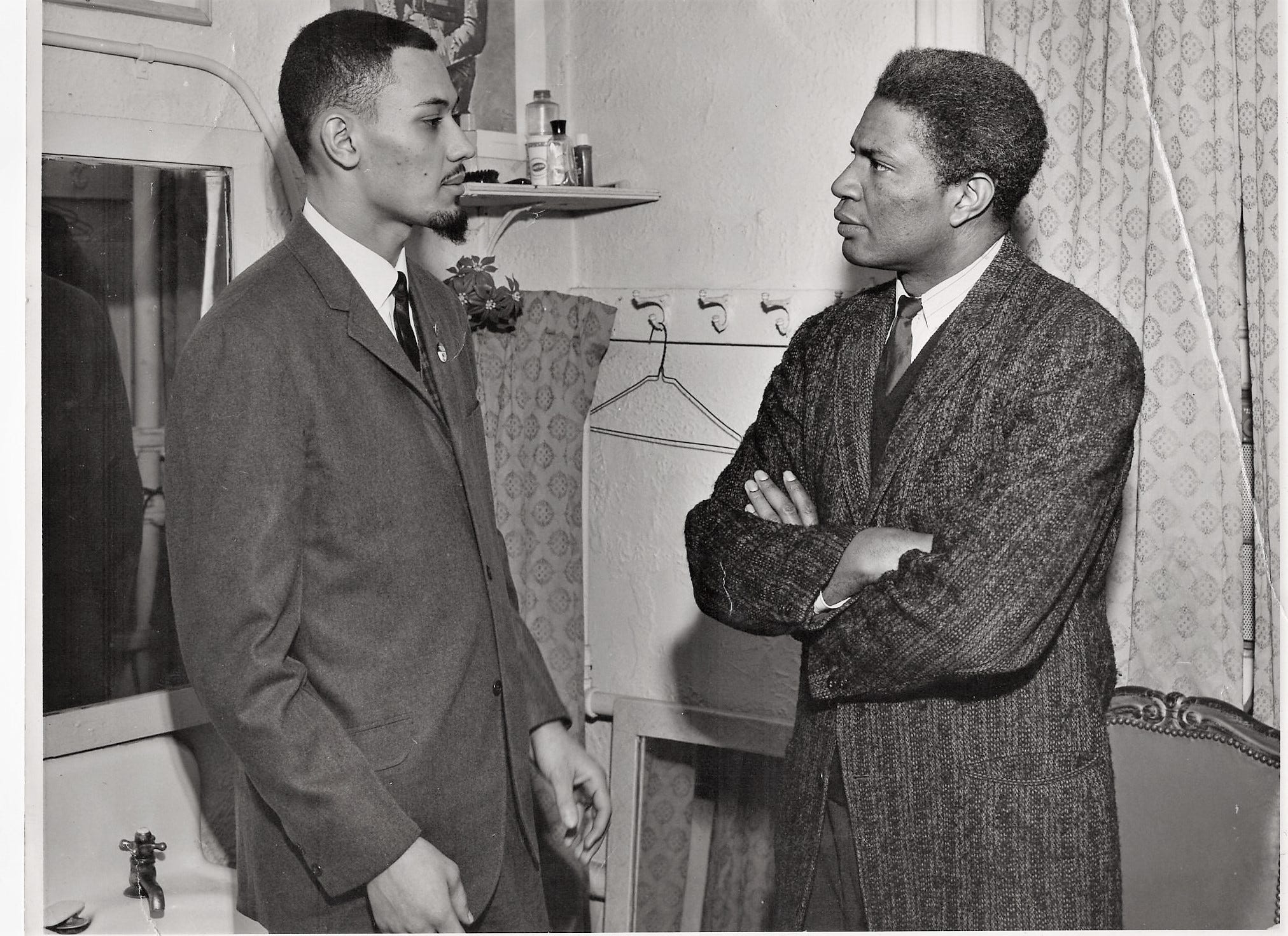
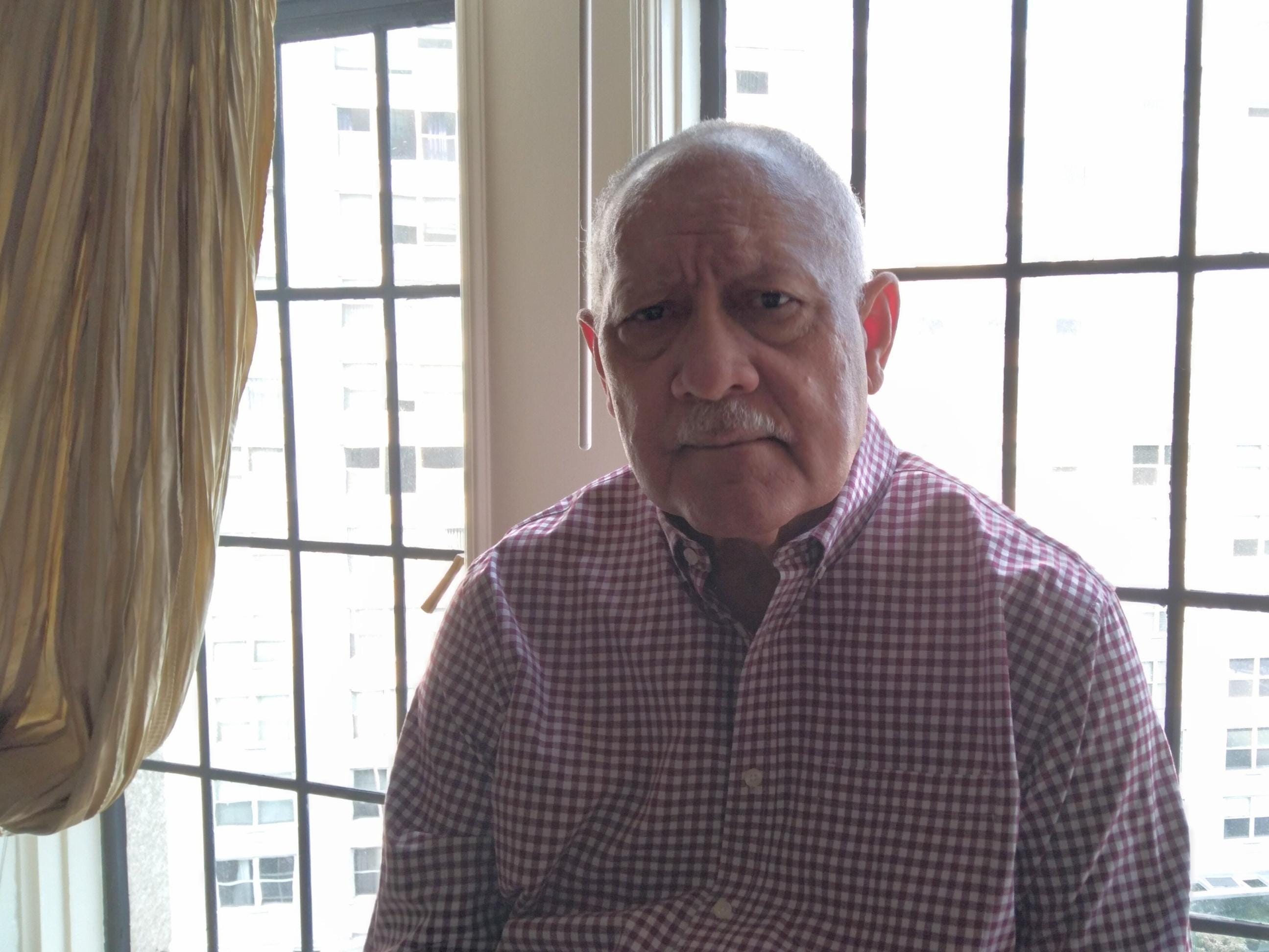
"People felt that, hey, you ought to be able to get one of those rancid hotdogs at the lunch counters. I think our parents had never been able to do it, so we felt that this was something we had to do. However modest it might appear now, it was something we felt had to be done and we had to be the ones who helped make that happen.
“That was what, I think, compelled us to really get out and try to make things happen. Then we added voter registration a little bit later when CORE got involved in the voter registration project.
“It’s hard to describe what it’s like to have a thirst for –what should we say – freedom, period. You just know that the life that you are living and the life that your parents and their parents lived prior to you is just not satisfactory. It can’t go on.”

Judy Richardson, 77
Judy Richardson was 19 when she joined the civil rights movement, working across the nation, including in Cambridge, Maryland; the SNCC headquarters in Atlanta; Greenwood, Mississippi, and Lowndes County, Alabama. She worked on “Eyes on the Prize,” a documentary about the civil rights movement. She said veterans of SNCC have remained close.


“We went through the fire together. We knew we had no one but each other to depend on.
"We knew that the FBI was headed by a horrible racist, J. Edgar Hoover. We knew that the FBI agents in Mississippi, Alabama, southwest Georgia were just former Southern sheriffs, deputy sheriffs, former law enforcement that had been promoted... And what we were trying to do was to get Black people registered to vote without getting them killed."

Joe L. Smith, 79
Joe L. Smith joined the Congress of Racial Equality chapter in Baton Rouge, Louisiana, during his sophomore year at Southern University. He was one of 23 students and CORE members arrested Dec. 14, 1961, for picketing outside stores that discriminated against Black residents.
“I was like 20 then, 19 or 20. And I was being half-smart because I didn’t think the police knew why he was arresting me. So I asked him why, and he told me I violated a certain ordinance. I said, ‘What’s the number of the ordinance?’ He told me, and I said, ‘Well, no, that ordinance does not have to do with that, that has to do with streets and drainage.’ I knew he would not know.”

Robert “Bobby” Talbert, 80
Robert "Bobby" Talbert, a field secretary for SNCC, said he went to jail 62 times over the years for his involvement in the movement in the South. One of his first arrests happened in 1961 when he and two other young people went to the white side of a bus station in McComb, Mississippi.

“After that first time, shoot, I wasn't scared of nothing. As a matter of fact, I wasn't scared when we did it the first time. I was a little nervous then all that nervousness went away...And I used to caddy and I knew all those white folks and they knew me by name. They asked me – they called me Robert see – they said Robert, ‘Why you over here? You are supposed to be on the other side.’
“I said, ‘I come around here to see how ya'll doing and get me something to eat.’ That's what I said when I see them at those other places.
“They said, ‘Yeah, but you're supposed to eat over there. I said, ‘Well, there's a lunch counter over here ain't it?’ I said something like that.
“They were mad. They turned red.”

Hank Thomas, 79
Hank Thomas, one of the original Freedom Riders, became active in organized civil rights protests while a student at Howard University, a historically Black university in Washington, D.C.
“I never accepted the fact that Black folks had to go to the back door, that Black folks didn’t have the same rights as white people. I never became accustomed to my place in society.
“I spent a great deal of my childhood in St. Augustine, Florida. I did things very early, and if I’d lived in Birmingham or Montgomery, the things I’d done would have gotten me killed. We had a little small, inner-city bus system, I never sat in the back. I never drank from the colored water fountain, even though I used to look around and make sure no one was watching when I drank from the white fountain.

Brenda Travis, 76
Brenda Travis was 16 when she was arrested for trespassing and jailed for going to a white section of a bus station in McComb, Mississippi. She was also arrested later when she and others, including fellow schoolmates, knelt to pray on the steps of City Hall to protest her expulsion from her high school over her civil rights activities. The marchers were packed in cells in the basement of City Hall.
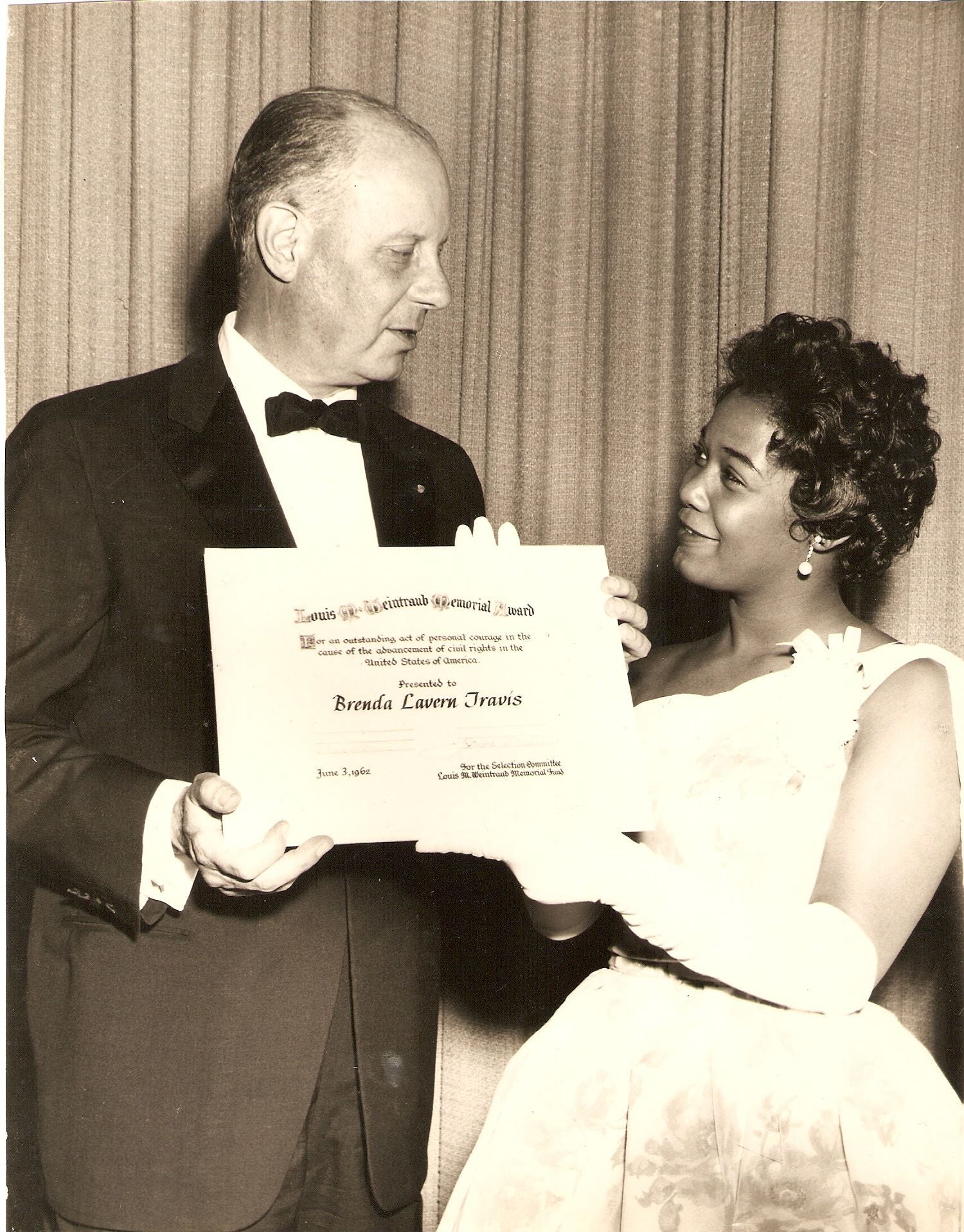
“When they said arrest all of those n------, then they began to take everybody down.
"Oh, my goodness, it was terrible. Parents coming and getting their children and beating them because that's what they felt was expected of them to discipline their children. That was painful too – letting the white man know that I got control of them. Beating the children in front of them and stuff.
"It's so much. It is so much. Sometimes I have to play these things over and over and over again so that I don't lose focus.
"I want as long as I live, and I'm able to, I want to be able to tell the story over and over and over again. And I want to be able to tell this true story as I remember it as I lived it. I don't want to have anything fabricated because there's been enough fabricated about our history already. That’s why when I speak, I want to speak in truth.”

Joan Trumpauer Mulholland, 80
Joan Trumpauer Mulholland, who went to Tougaloo College, participated in Freedom Rides in 1961. One of her scariest moments in the movement happened in 1964 when she traveled with other white activists in Canton, Mississippi.

“White civil rights workers were forbidden to be there by civil rights groups. It was just too dangerous. But a bunch of us decided, well, we're going to go. School's out. Graduation was looming in days.
"Everybody in the car was white. We were stopped as we left the mass meeting in Canton for voting rights. It had been a rough day in town. Our car got boxed in on the little turnoff between the old road and the brand-new interstate.
"Fortunately for us, the driver of the car was from Pakistan. Now the guys came out of the truck and all with crowbars and started beating on things. They got ahold of him.
"The leader of the Opposition Party in the Indian Parliament had just been arrested in Jackson and held in jail. The Indian Embassy in Washington, D.C., went ballistic, contacted the State Department, which contacted local officials and said leave the Indians alone. So we all started insisting he's from India. Don't hit him…He wasn't too happy, you know, being from Pakistan… but it saved our lives.
"A couple of weeks later, three of our friends were killed. I don't feel guilty for living. But I always feel I must do a little bit extra to make up for what they're not here to do.”

David Williamson Jr., 79
David Williamson Jr., is a member of the Friendship Nine, a term coined by the media after nine students chose to do 30 days in jail instead of paying $100 for bail after staging a sit-in at McCrory’s Five & Dime in Rock Hill, South Carolina, in 1961.
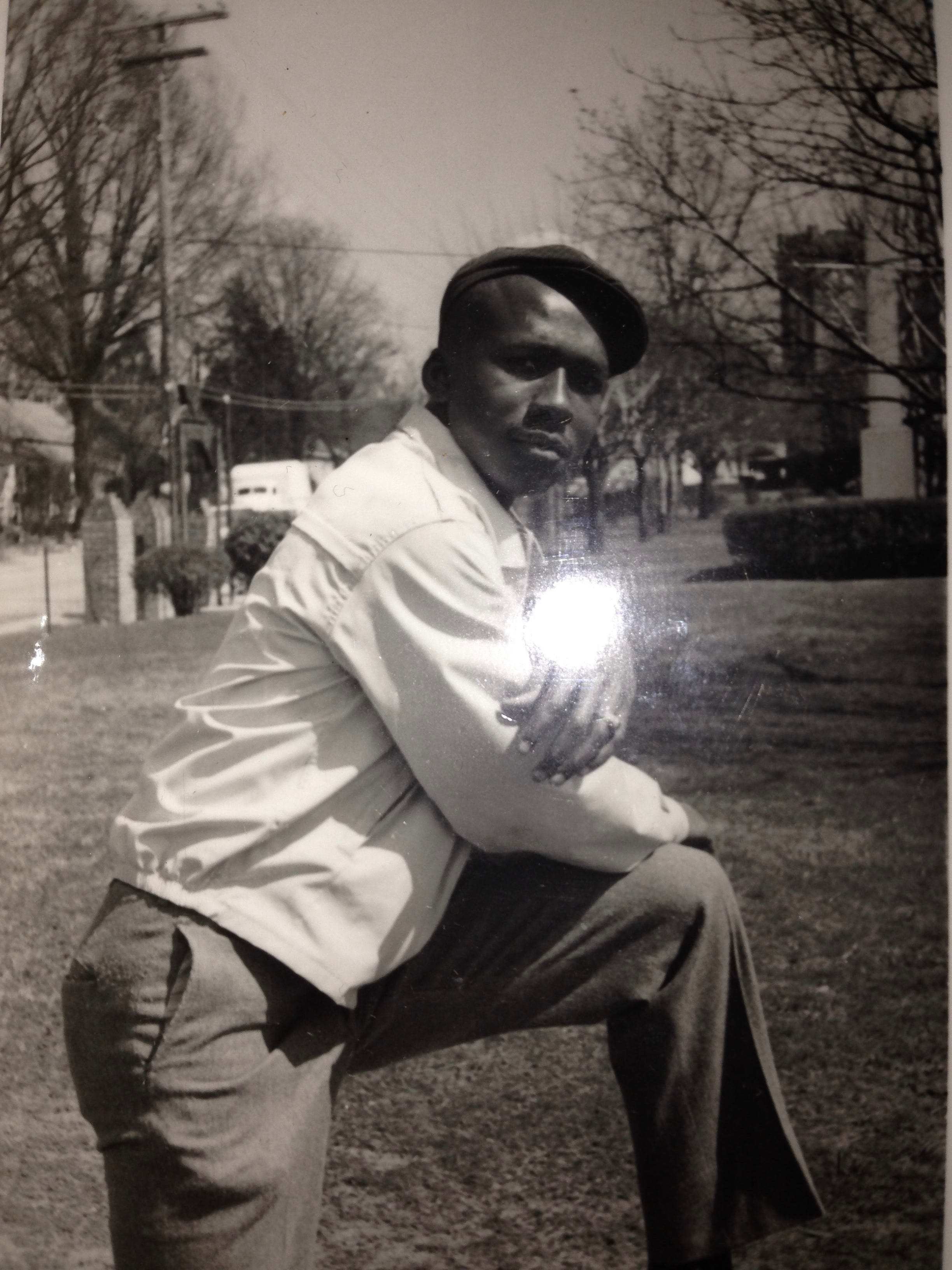
“After being released from jail, we went to New York to share our experience and then came back to go to school. Nothing really changed, everything went back to normal. The most they did was shut down the lunch counter. So, there was no way to protest or picket again. That was their way to slowing down what was happening in Rock Hill. They finally opened the restaurant back up years later."

Hollis Watkins, 80
Hollis Watkins, a Mississippi native and an SNCC organizer, was arrested in 1961 at the City Hall in McComb, Mississippi, after he joined students from Burglund High School staging a walkout. At 19, he was one of the oldest at the protest. At one point, he was separated from others in the jail and taken to a room.

“My daddy had always taught us you can't be afraid of anything. So three white men came and they opened the door and they looked at me and said OK, ‘N-----. Get up. Let's go. We're going to have a hanging here this evening and your Black ass is going to be first.’
“They had a rope in their hands that had the noose already tied in it. I just sat there and looked at them with the thought running through my mind, ‘Now let's see what's going to be the best way for me to kill these crackers.’
“I thought about it and I waited on them. They started moving toward me and I stood still and solid where I was looking each of them in the eye – one to the other. Then they turned around and went back…They were three white men that were on the eve of meeting their death because I intended to kill all three of them if they approached me.’’

Mack C. Workman, 79
Mack C. Workman was a member of the Friendship Nine, a term coined by the media after nine students chose to do 30 days in jail instead of paying $100 for bail after staging a sit-in at McCrory’s Five & Dime in Rock Hill, South Carolina, in 1961.
“I remember there were so many feelings before the protest. We were concerned about our parents and how they could get fired from their job because of what we were doing. There are not many Black people in a small town like Rock Hill, let alone having a job. It would have been easy for them to find my parents and fire them based on my last name. So, I didn’t tell my parents about what we were doing.
“But, when they came to visit me in prison, I realized that my father was going to lose his job. My mother didn’t say much but, my father said, ‘After all that I’ve taught you, right from wrong, this is right, and I’m with you 100%.’"

Bob Zellner, 82
Bob Zellner was a field secretary for the Student Nonviolent Coordinating Committee. One of his first experiences as a 22-year-old with SNCC was going to McComb, Mississippi, where he joined a march to City Hall and was beaten by an angry mob. Zellner, who said he suffers from post-traumatic stress disorder, would be beaten and arrested many more times during his work in the movement.
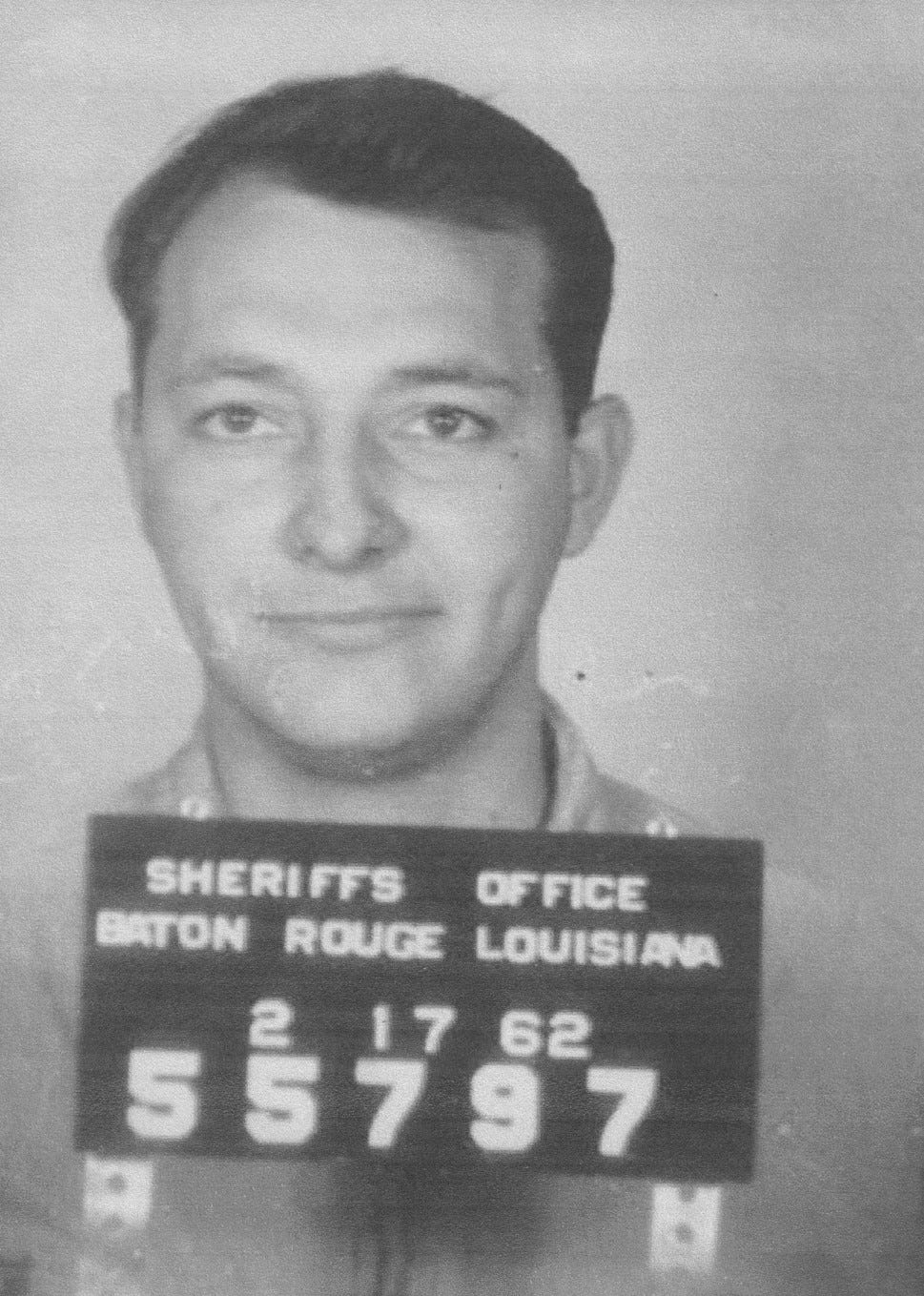
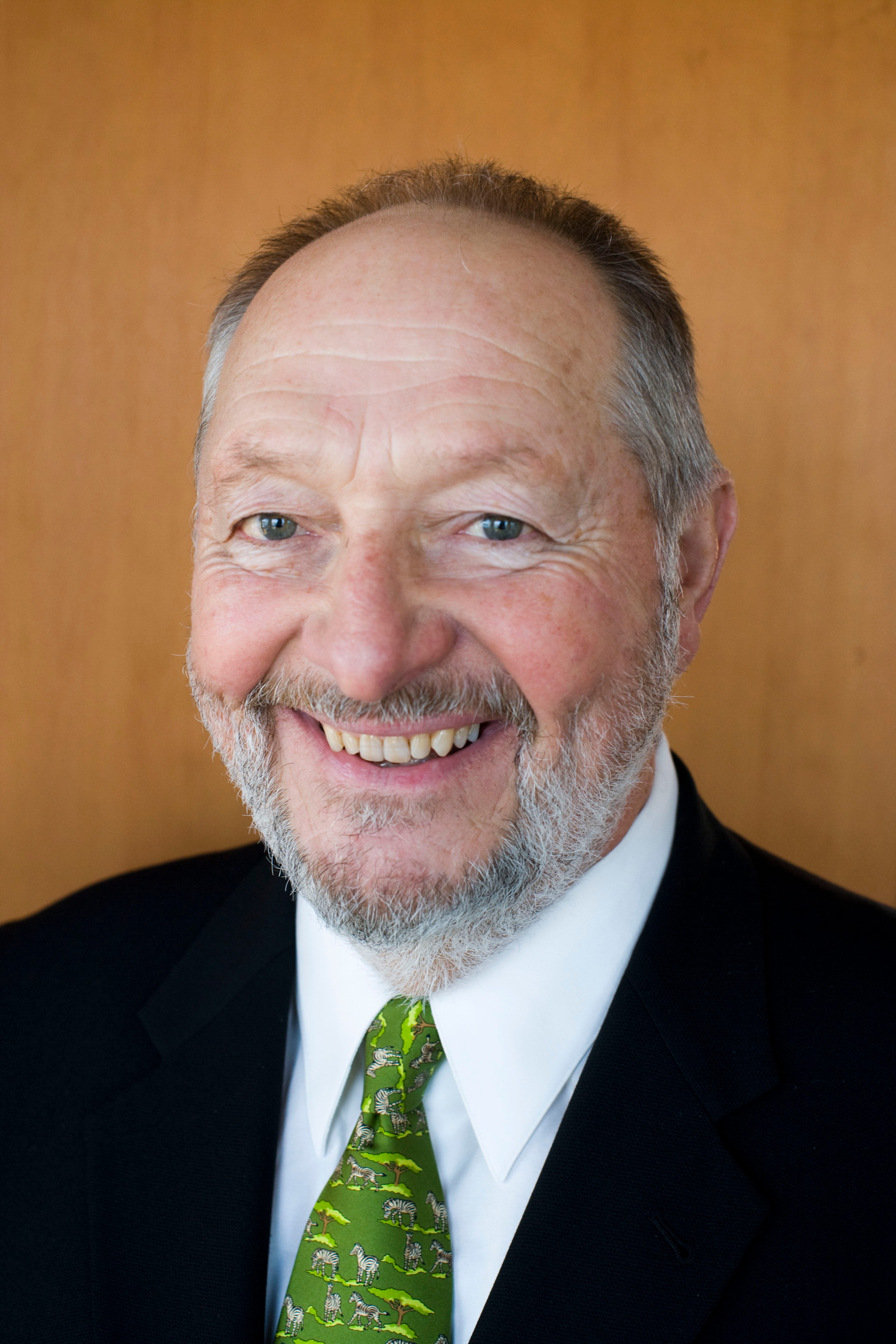
“I was not scared, which was strange because when I think back on it now, and I think of other people that were similarly situated, I often think how did you get yourself into that situation? Why would you do that?
"Well, I had made the same decision that a lot of SNCC people had made very early when they decided to take off time from school or when they graduated to take a couple of years to work on voter registration for African American people in Mississippi and Alabama. Nobody made that decision that didn't realize that there was a good chance that they would be killed. But in my first 36 months with SNCC, six or eight of my comrades were in fact lynched. They were murdered by racists. So we knew that that would be a possibility."
"share" - Google News
September 22, 2021 at 06:30AM
https://ift.tt/3CAbsJn
‘You could be killed any minute’: Civil rights veterans share horrors of battling white supremacy - USA TODAY
"share" - Google News
https://ift.tt/2VXQsKd
https://ift.tt/3d2Wjnc
Bagikan Berita Ini
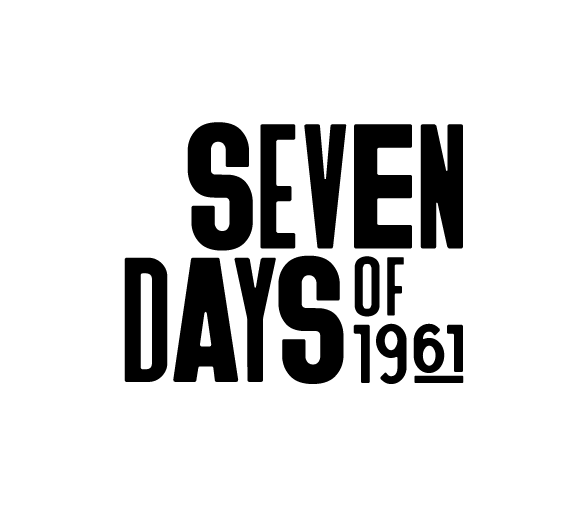

















0 Response to "‘You could be killed any minute’: Civil rights veterans share horrors of battling white supremacy - USA TODAY"
Post a Comment